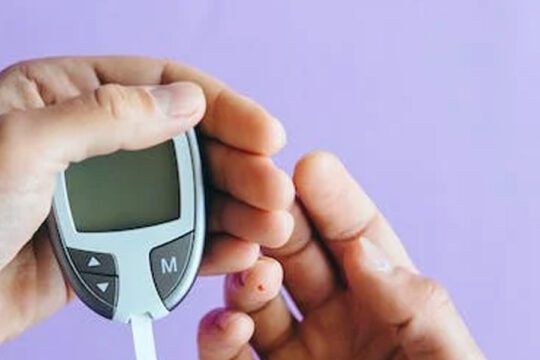
The camera on a mobile phone can be converted into a high-resolution microscope thanks to a silicon LED that was developed by researchers from the Singapore-MIT Alliance for Research and Technology (SMART).
The team used this silicon LED to create the smallest holographic microscope in the world, which has light output comparable to that of larger LEDs. There are numerous potential uses for the microscope.
The researchers also created a neural networking algorithm to reconstruct the objects that were photographed by the holographic microscope. Machine learning is a type of neural network, which takes its cues from the signaling that occurs between neurons in the human brain.
The all-in-one chip can now observe microscopic objects like microorganisms and tissue cells without the need for cumbersome traditional microscopes thanks to this development. The development creates opportunities for advancement in photonics, which deals with the study and application of light in technology.
According to the press release, overcoming the difficulty of developing a potent on-chip emitter smaller than a micrometer has been a significant advancement in the field.
Traditionally, complementary metal-oxide semiconductor (CMOS) platforms, which are widely used in semiconductor technology, including in mobile phone cameras, have proven challenging for researchers to integrate such on-chip emitters into.
These CMOS micro-LEDs and their newly created neural network, according to the researchers, may also be used for live-cell tracking or spectroscopic imaging of biological tissues.
Read more: Honda CG 125, Buy with 0% Markup on Installments







